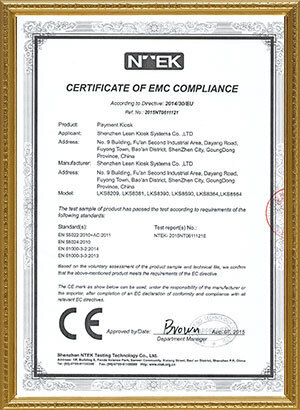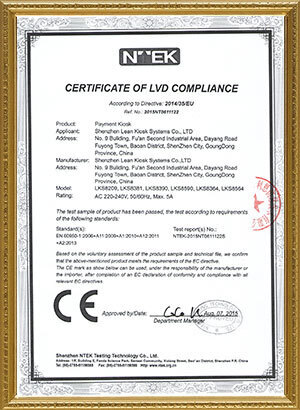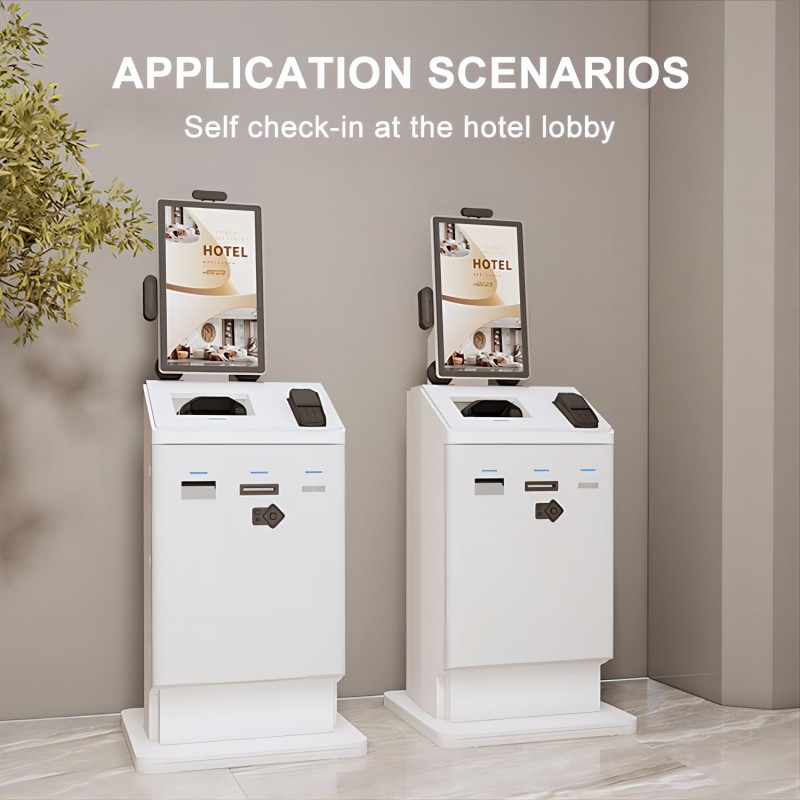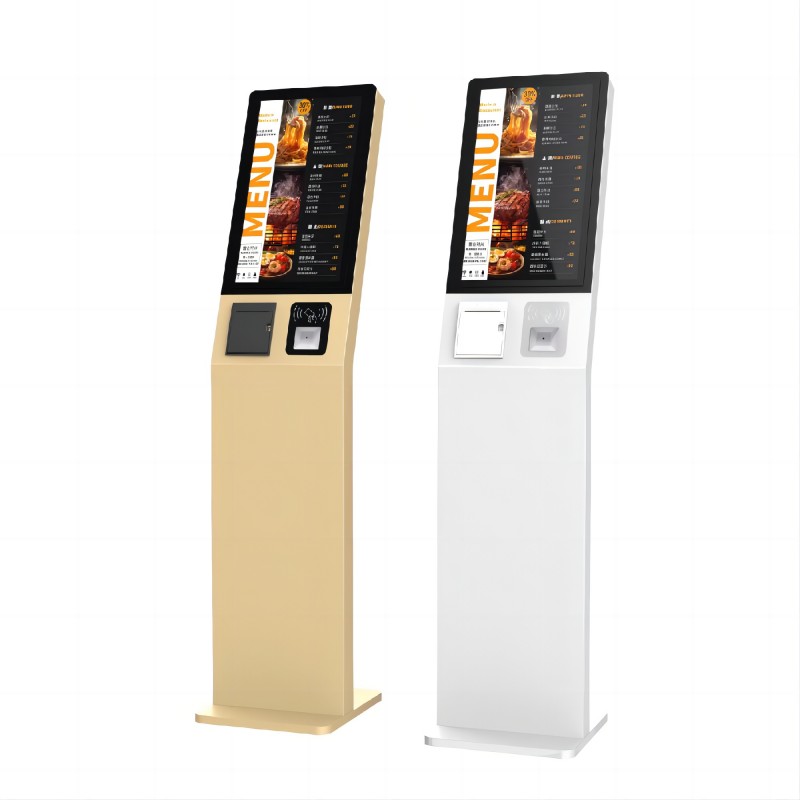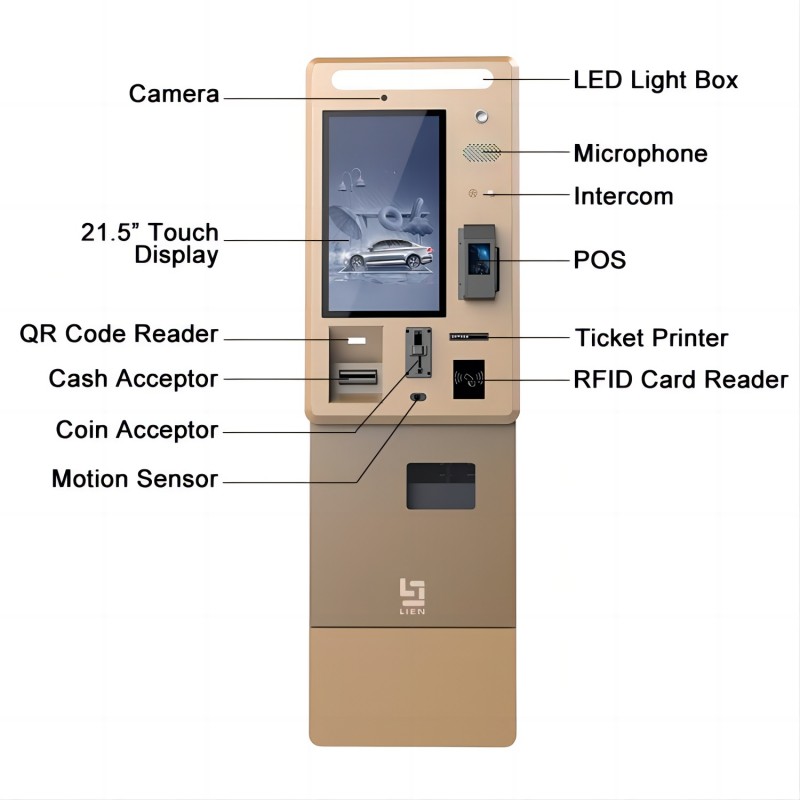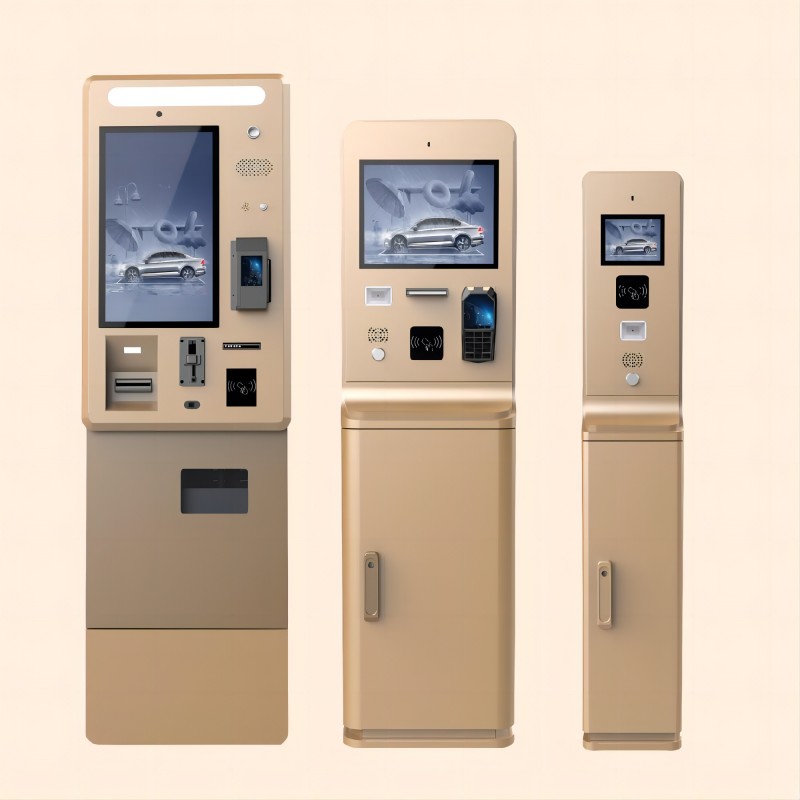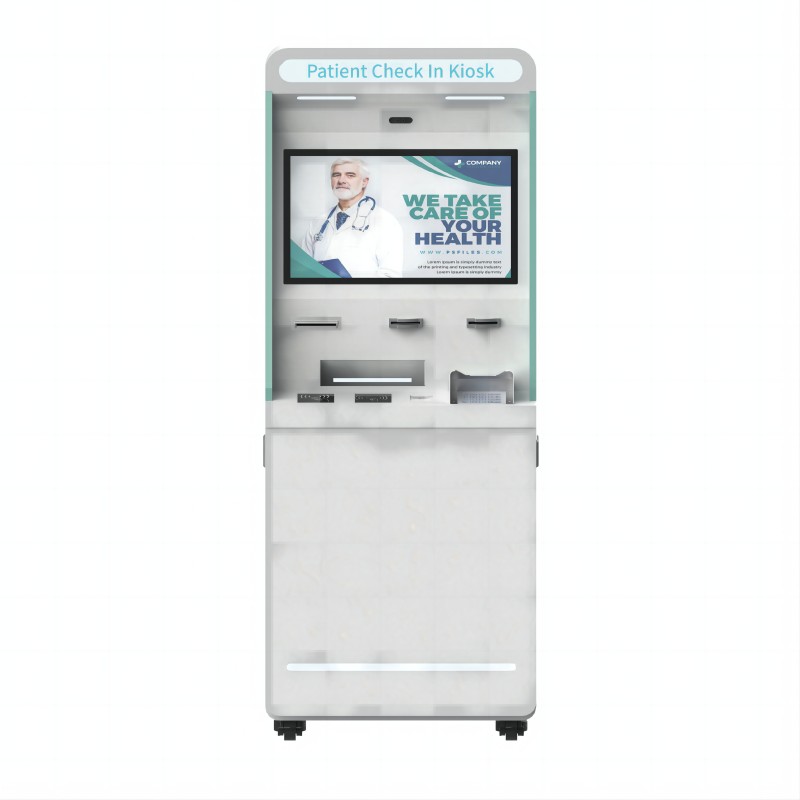






—— Bill from America
—— Jack from United Kingdom
—— James from Russia
—— Mike from America
—— James from Iran
—— James from America
Designing an outdoor kiosk involves creating a structure that is functional, aesthetically pleasing, and durable enough to withstand outdoor elements. An outdoor kiosk is a standalone structure typically located in public spaces like parks, plazas, or sidewalks. It serves various purposes such as information dissemination, retail sales, ticketing, or interactive experiences. The design of an outdoor kiosk needs to address both functional requirements (like usability, security, and weather resistance) and aesthetic considerations (to complement the surrounding environment and attract users).
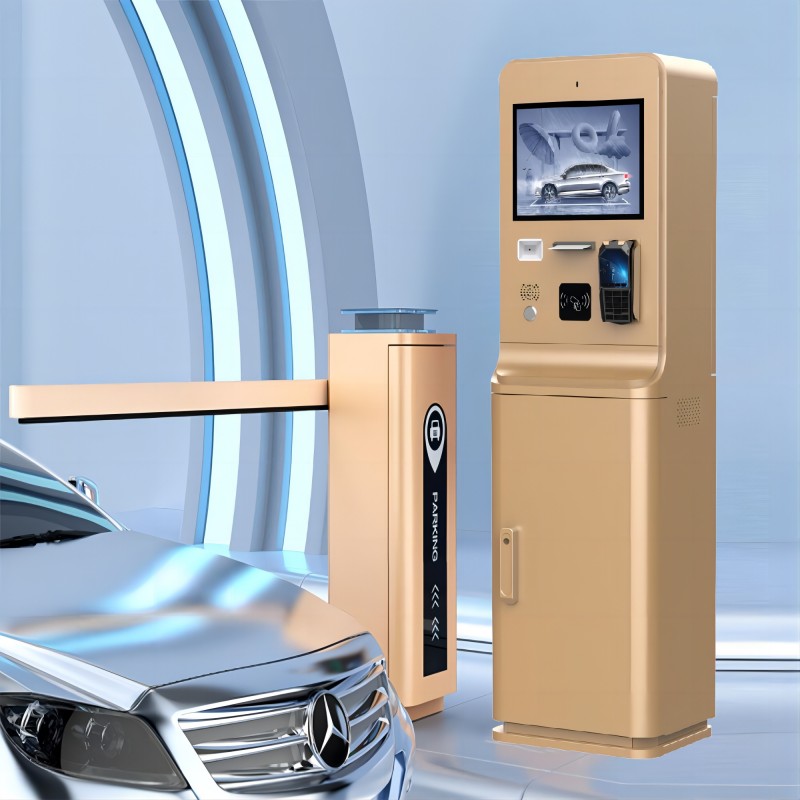
Challenge: Outdoor kiosks are exposed to weather extremes (sun, rain, wind) which can damage equipment and materials.
Solution: Use weather-resistant materials such as cold-rolled galvanized steel, stainless steel, and aluminum etc. Install protective coatings and seals to prevent water ingress. Equip with High Brightness LCD display and anti-glare glass to make sure the screen is still clear under the sunlight.
Challenge: Outdoor kiosks are vulnerable to vandalism and theft.
Solution: Incorporate robust locking mechanisms and security features such as security cameras or alarms. Design the kiosk with solid, tamper-resistant materials and avoid easily breakable components.
Challenge: Ensuring the kiosk is accessible to all users, including those with disabilities.
Solution: Design the kiosk with ADA (Americans with Disabilities Act) guidelines in mind, including appropriate height for wheelchair accessibility, tactile controls, and clear signage. Ensure pathways to the kiosk are also accessible.
Challenge: Providing reliable power and internet connectivity in outdoor environments.
Solution: Use outdoor-rated electrical components and consider alternative power sources such as solar panels or batteries. Use secure and stable internet connections, possibly through wired options if wireless is unreliable.
Challenge: Blending the kiosk design with its surroundings while ensuring it stands out enough to attract attention.
Solution: Choose materials and colors that harmonize with the environment. Consider integrating branding elements if the kiosk serves a commercial purpose. Use signage and lighting to enhance visibility without being intrusive.
Challenge: Ensuring the kiosk is easy to maintain and service in an outdoor setting.
Solution: Design access points for maintenance (e.g., removable panels for equipment access). Choose materials that are easy to clean and resistant to corrosion. Establish a regular maintenance schedule to inspect and repair any wear or damage.
Challenge: Minimizing the environmental footprint of the kiosk.
Solution: Use sustainable materials where possible. Implement energy-efficient components and consider the lifecycle impacts of materials chosen. Design for longevity to reduce the frequency of replacements.
Designing an outdoor kiosk involves addressing a range of challenges related to weather, security, accessibility, aesthetics, maintenance, and sustainability. By carefully considering these factors and implementing appropriate solutions, designers can create outdoor kiosks that are functional, durable, and enhance their surroundings while serving their intended purpose effectively.
Address: No. 99-15, Fuan intelligent manufacturing Industrial Park, Dayang Road, Fuhai Street, Baoan District, Shenzhen, China


